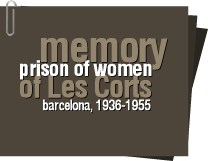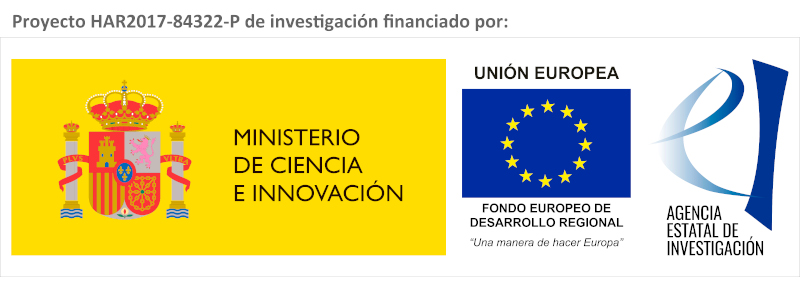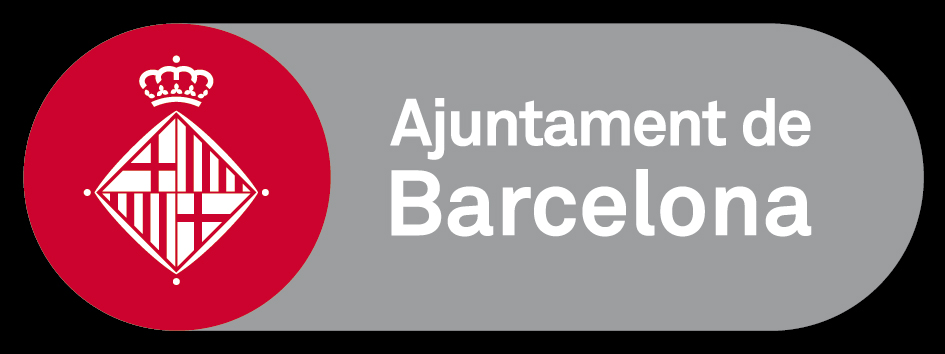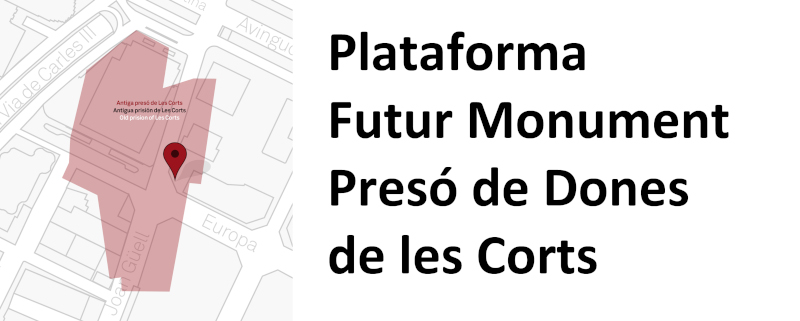In 2011 the Faculty of Fine Arts of the University of Barcelona (UB) promoted a series of initiatives towards the creation of a public space and the erection of a monument on the area that occupied the site of the former prison in the course of the Master’s Degree in Urban Design of the University of Barcelona, organised by the Polis Research Centre.
Several projects were completed and presented to the public in Les Corts district during three academic years (2011-2014) by students of this Master under the tutoring of Professor Núria Ricart Ulldemolins.
With this initiative, the University became a key player in the creation of a “laboratory of ideas” up for discussion amongst the district’s social agents, in a movement away from the academic sphere that facilitated a dialogue with Society at large.
And so it was that a route of historic memory was laid out in the district, featuring 13 points of interest.
In January 2013 the project Route through the Historic Memory of Les Corts, created by students of the Master’s Degree in Urban Design and the Polis Research Centre of the University of Barcelona, was shown at Can Deu Civic Centre.
The association ACme, the Asociación Conèixer Història (‘Knowing History’ Association) and Barcelona City Hall, whose website features information about the itinerary, got involved in the project too.
During a few sessions of interdisciplinary learning, teachers, students, relatives of former inmates and local residents (Associació de Veins i Veïnes de Sant Ramon Nonat) engaged in a series of debates dealing with the type of languages specific to sites of memory on a global scale, as well as the peculiarities of the memory and history of Les Corts prison, and the process for its rehabilitation.
An idea began to emerge during these debates: a monument of remembrance and homage on the area of the former prison’s site.
In approaching the erection of a future monument, the stance was firm for an open, wide-reaching, shared process; all of which meant a project developed from below.
The debates dealing with the plans for a memorial outlined in the 7 projects presented, which are detailed in the attached document, established a series of concepts to start working on:
- Feminism and memory. The contemporary dimension of memory and the repression inflicted upon women, as a key historic claim to feature in the future monument.
- Tribute to the women who suffered repression, as a historical debt owed by the city Barcelona to the women who fought for freedom and against fascism
- The future monument as a tool to illustrate and convey the nature of the extinct prison.
- The links that exist to other places of repression in Barcelona, to Camp de La Bota in particular, the place where the executions by firing squad were carried out; and to Fossar de la Pedrera, mass grave where the people executed by the Francoist regime are buried.












